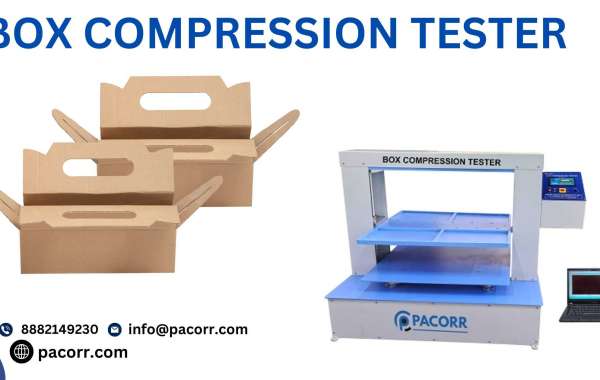When it comes to embroidery digitizing for structured hats, the process demands precision, expertise, and a deep understanding of the unique challenges presented by the hat's construction. Structured hats, with their firm and supportive frames, require special attention to detail to ensure that the embroidery not only looks visually appealing but also maintains its integrity over time. In this comprehensive guide, we will delve into the intricate world of digitizing for structured hats, providing you with the essential knowledge and tips needed to achieve perfect results every time.
Understanding Structured Hats
What Are Structured Hats?
Structured hats are designed with a firm, supportive frame, typically made from materials like buckram or a similar stiff fabric. This construction gives the hat its shape and helps it maintain its form even when not being worn. Common examples include baseball caps, trucker hats, and some styles of snapbacks.
Why Digitizing for Structured Hats Is Different
The rigidity of structured hats means that the embroidery process must account for the lack of flexibility. Unlike unstructured hats, where the fabric can adapt to the embroidery, structured hats require precise digitizing to ensure that the design lays flat and looks professional.
Key Considerations for Digitizing Structured Hats
Choosing the Right Design
Design Selection: When selecting a design for a structured hat, it's crucial to consider the size and complexity. Smaller, less intricate designs often work better because they are less likely to be distorted by the hat's structure.
Placement: The placement of the design is equally important. Most commonly, designs are placed on the front center of the hat, but side and back placements can also be effective, depending on the hat's style and the desired look.
Understanding Stitch Types
Satin Stitches: Satin stitches are ideal for structured hats because they provide a smooth, shiny finish that stands out against the firm fabric. They are best used for outlining and defining shapes.
Fill Stitches: Fill stitches are used to cover larger areas of the design. For structured hats, it's important to keep the density of these stitches in check to avoid making the fabric too stiff and uncomfortable.
Underlay Stitches: Underlay stitches are crucial in embroidery digitizing for structured hats. They provide a foundation that helps stabilize the design and prevent shifting during the embroidery process. Proper underlay stitching ensures that the top stitches look clean and professional.
Stabilization Techniques
Hooping: Proper hooping is essential to keep the hat stable during embroidery. A cap frame or specialized hat hoop can be used to secure the hat and ensure that it remains taut throughout the process.
Backing: Using the right backing is crucial for structured hats. A tear-away or cut-away backing can provide additional support, preventing the fabric from puckering or shifting.
Digitizing Process
Pathing: The pathing, or the sequence in which the stitches are laid down, is critical for structured hats. The digitizing software should be programmed to minimize jump stitches and ensure a smooth flow of the design.
Push and Pull Compensation: Push and pull compensation refers to adjusting the design to account for the movement of the fabric during embroidery. Structured hats require careful compensation to ensure that the design does not become distorted.
Best Practices for Embroidery Digitizing on Structured Hats
Testing and Proofing
Before proceeding with the final embroidery, it's essential to run a test on a similar fabric. This allows you to identify any issues with the design, stitch density, or placement and make necessary adjustments.
Adjusting Tensions
Proper tension settings on your embroidery machine are crucial for achieving clean, precise stitches. Structured hats often require adjustments to the thread tension to prevent puckering and ensure smooth, even stitches.
Design Scaling
When scaling designs, it's important to maintain the integrity of the original artwork. Scaling down too much can result in loss of detail, while scaling up can lead to excessive stitch density and potential fabric damage.
Using Quality Threads
High-quality embroidery threads are essential for achieving professional results. Polyester threads are often preferred for structured hats due to their strength, durability, and resistance to fading.
Advanced Tips for Perfect Embroidery on Structured Hats
Pre-Treatment and Maintenance
Pre-treating the hat with a stabilizer spray or adhesive can help keep the fabric in place during embroidery. Additionally, maintaining your embroidery machine and regularly checking for wear and tear on needles and hoops can prevent issues that might affect the quality of the embroidery.
Consider the Curvature
Structured hats often have a pronounced curve, especially on the front panel. Digitizing designs that follow the curvature of the hat can enhance the overall appearance and reduce distortion.
Software and Technology
Utilizing advanced digitizing software can significantly improve the quality of your designs. Software like Wilcom, Hatch, and Brother PE-Design offer specialized tools and features for digitizing hats, allowing for precise control over every aspect of the design.
Learning from Experts
Taking the time to learn from experienced digitizers can provide valuable insights and shortcuts. Many professional embroiderers offer online courses, tutorials, and forums where you can ask questions and share tips.
Common Mistakes to Avoid
Overlooking Design Complexity
Choosing overly complex designs can lead to a crowded and unappealing result. Simplify your designs to ensure clarity and readability.
Ignoring Fabric Properties
Not all structured hats are made from the same material. Understanding the specific properties of the hat fabric you're working with can help you make better digitizing decisions.
Neglecting Proper Hooping
Improper hooping can cause the fabric to slip or pucker during embroidery, leading to misaligned designs and poor-quality finishes. Always ensure the hat is securely hooped before starting the embroidery process.
Conclusion
Embroidery digitizing for structured hats is a meticulous process that requires careful planning, precise execution, and a thorough understanding of the hat's unique properties. By selecting appropriate designs, using the right stitch types, and adhering to best practices, you can achieve professional-quality results that enhance the visual appeal and durability of your embroidered hats. Whether you're an experienced digitizer or a novice looking to improve your skills, following these guidelines will help you create stunning, high-quality embroidered designs on structured hats.








